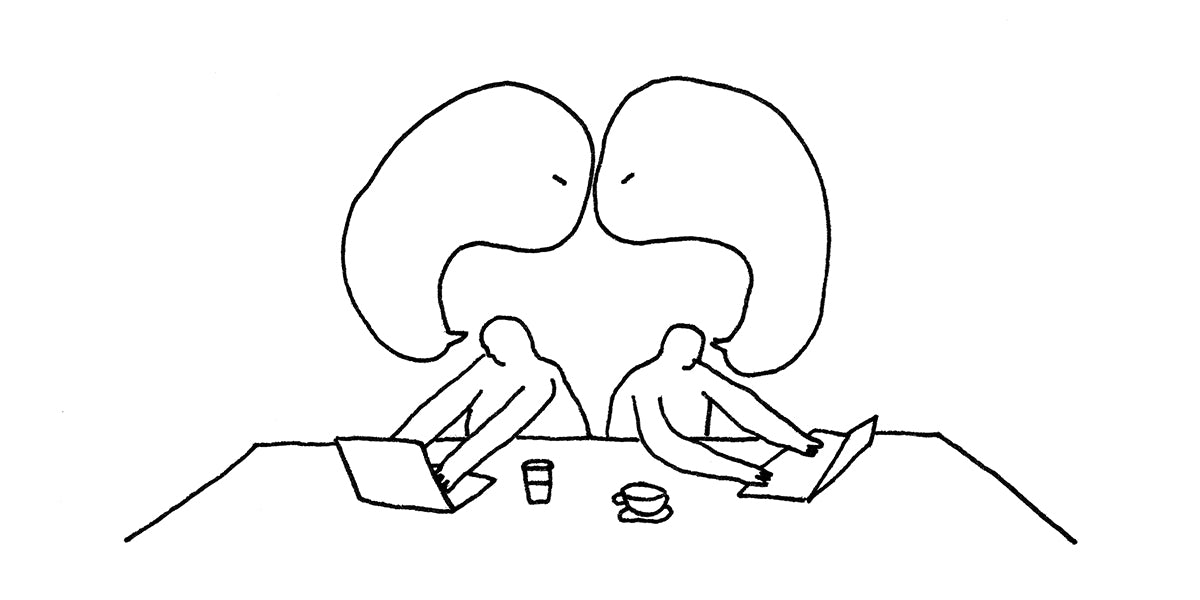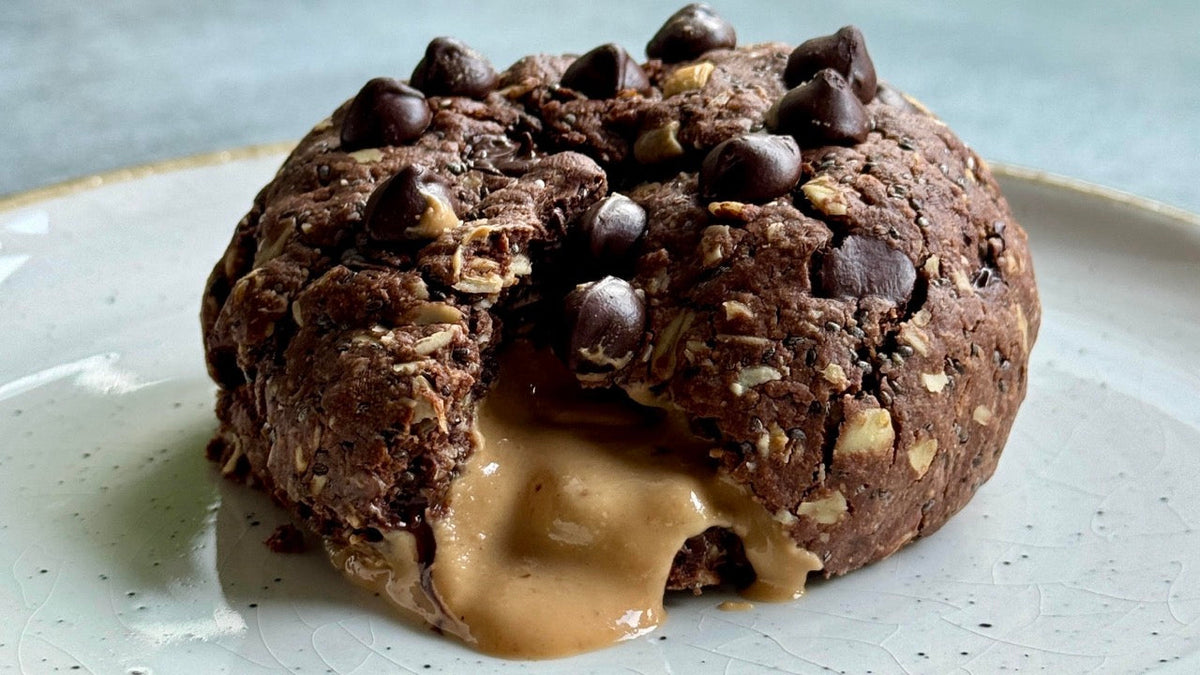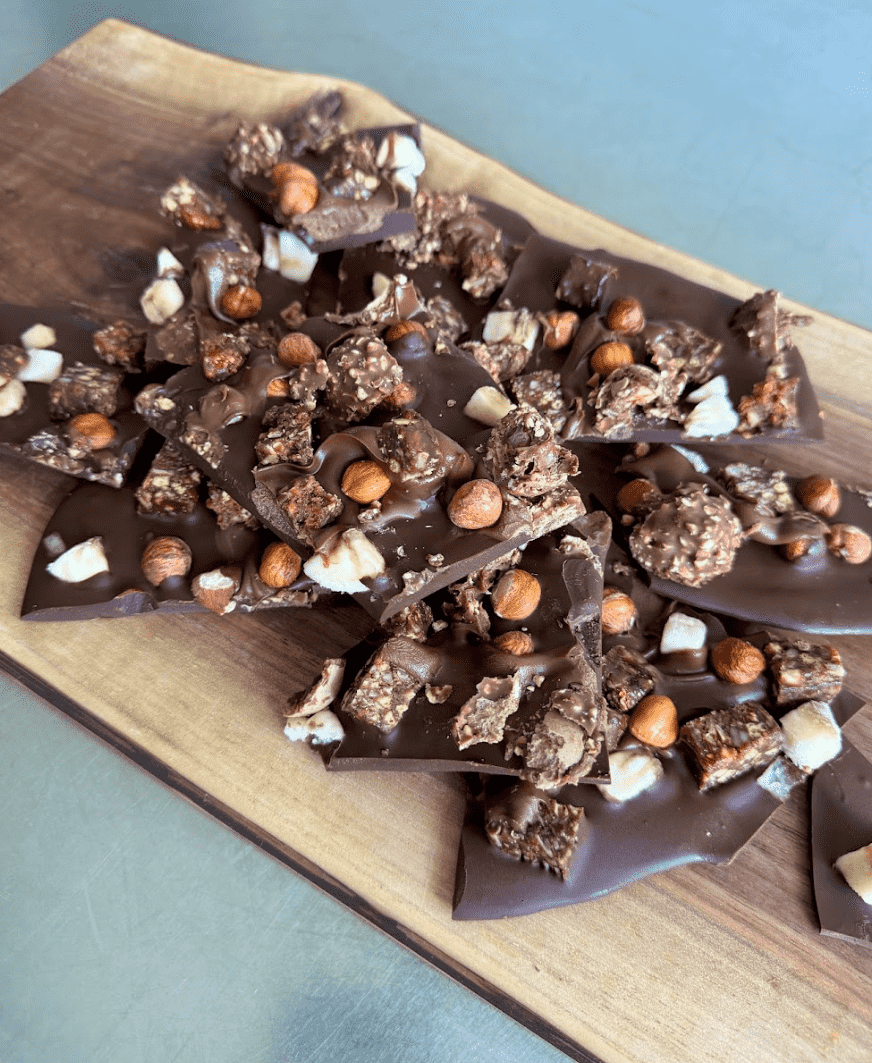Imagine you pick up a piece of bread and take a bite. What happens to that delectable morsel after you chew and swallow? And how does it help our bodies and mind function? In the words of beloved Magic School Bus driver and educator extraordinaire, Ms. Frizzle, “Seatbelts everyone!”
What’s the difference between a simple and complex carbohydrate?
There are three types of carbohydrates: sugars, starches, and fiber. Sugars are simple carbs, while starches and fiber are complex carbs.
Complex carbs pack in a little bit more nutrition than their counterparts (simple carbs) and are the powerhouse carbs. They are higher in complex molecules which can help keep you fuller longer and make blood sugar more stable, preventing any quick energy spikes and drops. Ms. Frizzle likely had a hearty breakfast full of complex carbs prior to leading a group of third-graders on each of those shape-shifting field trips. After all, that must take considerable stamina. Anyway, fiber and starches are two different types of complex carbs. Fiber itself is found in things like whole grains, fruits, vegetables, nuts, and beans and cannot be digested by the body. Starches can be found in fibrous foods, but differ in chemical composition, and can be digested by the body and release long-term energy. Typical starchy foods include sweet potatoes, oats, corn, rice, peas and so much more.
Simple carbs are just that. Simple sugars. Most simple carbohydrates are added to foods, though some are naturally occurring in whole fruits and milk products. As you’ve probably guessed from the word “sugar,” simple carbs are typically lower in fiber and nutrition (though often high in deliciousness). They are digested in the body very quickly, which can cause quick spikes and drops in blood sugar. But this upward spike isn’t always a bad thing since simple sugars are the preferred form of fuel before and during exercise, and they also provide a quick burst of energy that combats lightheadedness if blood sugar gets too low. Not to mention all the warm and fuzzy memories attached to the simple carbs in the treats your grandma probably made you growing up.

This is all great, but do our bodies really need them?
Carbs are essential to energy production—one of the most basic life functions. When you eat carbohydrates, they are broken down into glucose, fructose, and galactose-all simple carbs. These simple carbs are then taken into cells and used to create a fueling molecule called adenosine triphosphate (ATP) through two processes called glycolysis and cellular respiration. ATP is then used to power cellular processes in the body. This is the part where on the show Ms. Frizzle and the kids would somehow turn into anthropomorphic glucose and go through the process of cellular respiration or something.
Your body can produce energy from protein and fat, but production is much slower, you risk loss of muscle mass and the creation of ketones—hello keto people!—and not to mention, your cells actually prefer carbohydrates (1). Without proper carb intake, your brain’s reaction times can be affected and you can feel a sort of “fog.” Do you like that feeling? We certainly don’t. Eating enough carbs also allows for their storage in the form of glycogen in the muscles and liver (about 2,000 calories total). In times of rest (while sleeping) and during bouts of exercise, this stored form of carb can be very useful for fueling the body.

Without fiber intake at optimal levels, the body can back up waste products in the intestines like a clogged drainpipe—yikes! Taking a closer look, there are two types of fiber: insoluble and soluble. Insoluble fiber, unlike sugar or starches, passes through the body undigested. Like a snowplough clearing roads after a blizzard, It helps bulk up your stool and move things through your intestines quicker. Soluble fiber is transported to the intestines and acts as fuel for the healthy microorganisms in your gut (2).
In short, carbs play many important roles in the body including:
- energy production
- energy storage
- sparing protein and fat for other uses
- promoting digestive health
What do carbs have to do with exercise?
When you exercise, carbohydrates from the food you ate pre-exercise, plus stored carbohydrates from glycogen are used to power higher intensity exercise as well as longer efforts. Without carbs, your ability to perform up to your maximum potential is impaired by increased fatigue levels and decreased exercise efficiency (3). So if you’re looking to keep away fatigue, look no further than carbs. Without them, your body starts to break down muscle mass as well as fats for energy production, however, it is an inefficient process and affects your ability to go hard or long.
What happens if we delete carbs from our diet?
A study by Billsborough and Crowe in 2003 demonstrated that long term restriction of carbohydrates could have long term effects on the heart, bones, and brain. Considering most of us only get one skeleton and one of each of these vital organs, this kind of damage seems worth avoiding. While the body can adapt and utilize ketone bodies for fuel, this study showed reduced heart pumping ability and increased cardiac complications for those on a ketogenic diet. Not to mention, increased bone breakdown and lack of nutrients due to lower fruit and vegetable intake all contribute to health risks (4).
The energy that fuels us
Let’s liken your body to a car, a magical school bus even. Carbs are the fuel. Without carbs, you risk running the car on a suboptimal tank with low energy, increased risk of injury and illness, and possible poor GI health. Does the magic school bus have a GI tract? Unclear. It has eyes though, so maybe. You can run the car with fats or protein, but processes will be slower, inefficient, less able to carry a group of children on a science adventure without getting stuck out on Saturn or something, and put you at possible increased health risk. So why would you?
Now that you know all about the pros and cons of trendy diets, the cultural history of carbs, the science behind carbs and how they impact your body from our previous articles, in our next article we’ll explore how you can best incorporate them into your diet and make them work for you.
Introducing: The War on Carbs Series
Read Part 1: Carbs, Culture, and You
Read Part 2: Digesting the Carb Controversy
Read Part 4: How to Harness the Power of Carbs
Sources:
- Elia, M., Folmer, P., Goren, A., & Austin, S. (1988, June). Carbohydrate, fat, and protein metabolism in muscle and in the whole body after mixed meal ingestion. Metabolism, 37(6), 542-551. Pubmed. 10.1016/0026-0495(88)90169-2
- Lattimer, J. M., & Haub, M. D. (2010). Effects of Dietary Fiber and Its Components on Metabolic Health. Nutrients, 2(12), 1266-1289.
- Coyle, E., & Coggan, A. (1984). Effectiveness of Carbohydrate feeding in delaying fatigue during prolonged exercise. Sports Medicine, 1(6), 446-448. PubMed. 10.2165/00007256-198401060-00004
- Bilsborough, S. A., & Crowe, T. C. (2003). Low carbohydrate diets: what are the potential short and long term implications? Asia Pacific Journal of Clinical Nutrition, 12(4), 396-404. http://apjcn.nhri.org.tw/server/APJCN/12/4/396.pdf



